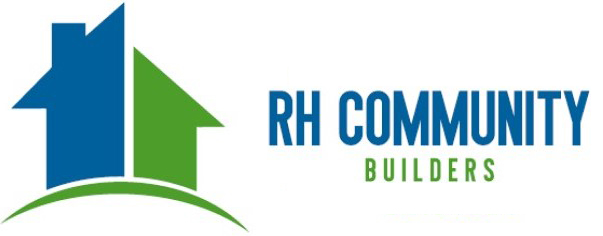Tenant Rights from Eviction
SB 91 – Extended Eviction Moratorium
Eviction protection is currently available to any tenant who has experienced COVID-19 related circumstances and must pay a minimum of 25% of rent due. Attestation forms can be found below in English and in Spanish.
How much rent do tenants have to pay to qualify for eviction protection?
Tenants must continue to pay 25% of their rental obligations through June 30, 2021.
Can I be evicted if I pay 25%?
No. During this time, if tenants continue to pay at least 25% of their rent they are protected from eviction for any unpaid rent through July 1, 2021. The 25% may be paid monthly, or as a lump sum, by June 30, 2021. Tenants should sign and return a Declaration of COVID-19 Financial Distress form to their landlord if they have been financially impacted by the pandemic. Quickly returning this form, within 15 business days, is the critical step for tenants to be protected from eviction. Your landlord may request that you fill the form out monthly to confirm that your financial hardship continues.
Does SB 91 extend any protections for homeowners and property owners?
SB 91 also extends through September 1, 2021 the consumer protections for homeowners and property owners related to mortgage forbearance requests that existed in AB 3088. For example, if you make a request for forbearance and it is denied, your lender is required to provide a detailed explanation and then you have 21 days to correct any missing or incorrect information in your request.
Where do the funds come from for the State Rental Assistance program?
These funds have been provided through the federal COVID relief bill which provides California with an estimated $2.6 billion in rental assistance funds. Of that, $1.5 billion comes to the state to be distributed statewide to eligible landlords and tenants. The remaining $1.1 billion is allocated directly by the U.S Department of the Treasury to counties and cities with populations over 200,000.
Who is eligible for the program?
Both landlords and eligible households may apply to the program for assistance, though the federal program emphasizes payments made to landlords. Per federal requirements, funds must be used to support eligible households up to 80% Area Medium Income (AMI), with a priority for those up to 50% AMI. The federal bill directs states to focus the funding on the payment of rental arrears owed to landlords to stabilize households, alleviate household debt and prevent evictions.
How much relief can an applicant receive?
The program will provide eligible landlords and tenants with immediate relief through payment of 100% of eligible household rental arrears accumulated from April 1, 2020 through September 30, 2022. Each eligible household may receive up to 18 months of assistance.
When can I apply for relief?
The State Rental Assistance program is expected to begin in March. If you live in a large city or county with a population over 200,000, your local government may have received funding directly from the federal government and is likely to be operating its own local program. This answer will continue to be updated as the state finds out more information about these local programs.
How will the funds be administered?
The state will be contracting with a Community Development Financial Institution (CDFI) to administer funds for all counties with populations under 200k and the jurisdictions within those counties.
Cities and Counties with populations greater than 200k may receive a direct block grant allocation from the state to supplement their direct allocations from the US Treasury. For consistent treatment of landlords and tenants throughout the state, jurisdictions that supplement their US Treasury allocations with state block grant funding agree to follow the state rental program parameters described above in the administration of their combined federal and state program.
Cities and Counties with populations greater than 200k that prefer not to administer a local program can request that their state and federal allocation funds be administered through the state program.
